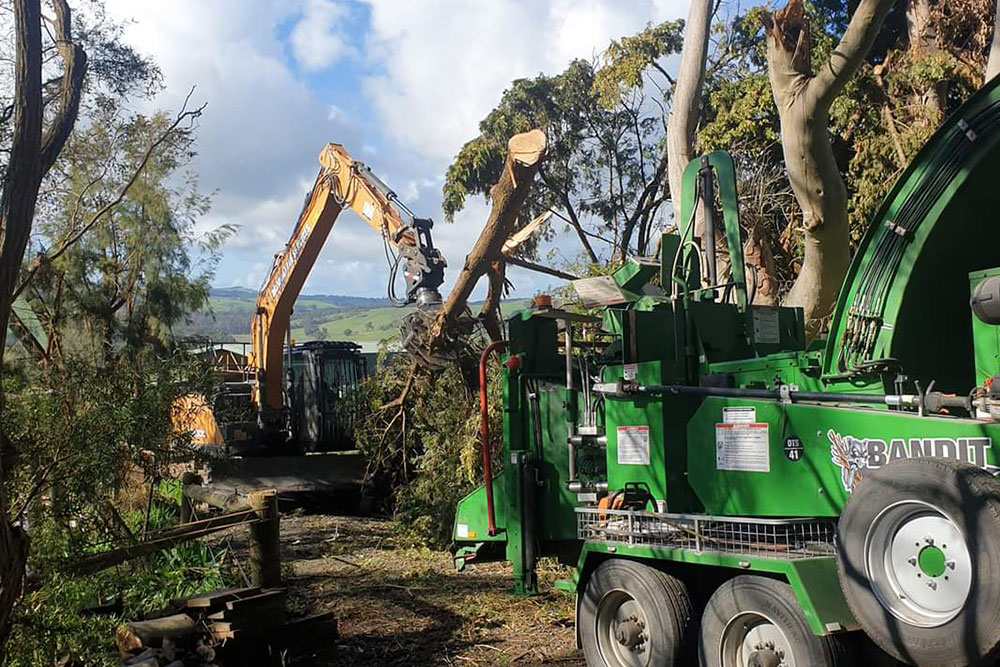All Categories
Featured
The elimination of trees can create open areas that are susceptible to weed invasion. When trees exist, their dense canopies usually shade the ground, limiting the amount of sunshine that gets to the soil. Nonetheless, after the removal of trees, these open locations get raised sunlight, offering excellent conditions for weed development.

They may suggest the use of mulch, which acts as a protective obstacle on the soil surface, stopping weed seeds from germinating and suppressing weed growth.

The visibility of trees fosters an abundant and varied community of soil microorganisms. Tree origins supply a source of raw material, exudates, and nutrients that sustain the development and activity of helpful soil bacteria. However, when trees are removed, the absence of their roots can interfere with the delicate equilibrium of the dirt's microbial community.
Who Has The Best Arborist Wollongong Service?
This adjustment in pH can affect vitamins and mineral schedule, microbial activity, and general dirt wellness. To attend to the impacts of tree reducing on dirt pH, tree elimination specialists can give important guidance. They may advise soil testing to examine the current pH levels and figure out the necessary modifications. Based on the results, experts can recommend pH adjustment techniques, such as including lime to increase soil pH or incorporating essential sulfur to decrease it.

It refers to the compression of dirt particles, resulting in minimized pore space and boosted dirt thickness. This compaction can negatively affect the dirt's ability to operate optimally, influencing its water-holding capacity, vitamins and mineral availability, and root penetration. Proper techniques employed by tree elimination specialists can assist reduce compaction and preserve the dirt's ability to retain water, and enable sufficient air movement and mindful tools handling.
Latest Posts
What Is The Best Palm Tree Removal Wollongong Company?
What Is The Best Tree Arborist Wollongong Software?
What Is The Best Arborist Wollongong Company Near Me